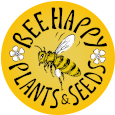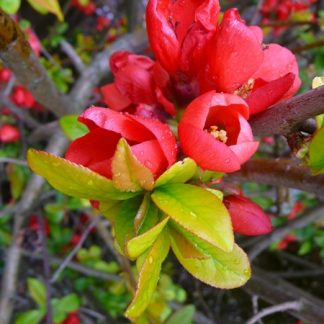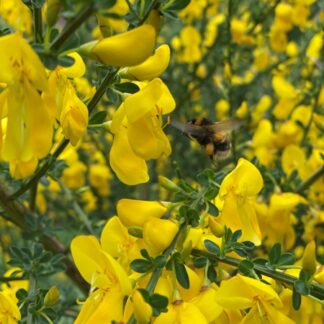Description
Lamiaceae (family name)
Forage for Pollinators: The flower tubes are too long for all but the longest-tongued Bumblebees. In our bee garden, we have not seen any bees foraging on it (but curiously it has been observed being worked by Honeybees in countries of warmer climate, so presumably the nectar is accessed somehow in higher temperatures). Its use for beekeepers is in its leaves and essential oil which contain a scent similar to ‘Nasonov’ pheromone given off by bees which attracts other bees, so keeping them together, hence why it was put into skeps by beekeepers to help guide bees to their new home.
Flowering time: August, September.
Growing information: PERENNIAL HERB growing to 0.7 m (2ft 4in) by 0.4 m (1ft 4in). Hardy to minus 30ºC. Leaves are used raw or cooked for a pleasant lemon-like aroma and flavour in salads and cooked foods, and an excellent tea is made from the fresh or dry leaves. It is a remedy with long tradition as a tonic that raises the spirits or in old-speak: ‘lifts the heart’. Modern research has shown that it can also help significantly in the treatment of cold sores. The leaves and flowering shoots are antibacterial, antispasmodic, antiviral. The flowers may be pollinated by bees though we have observed flies feeding from (and presumably pollinating). It is noted for attracting wildlife.





